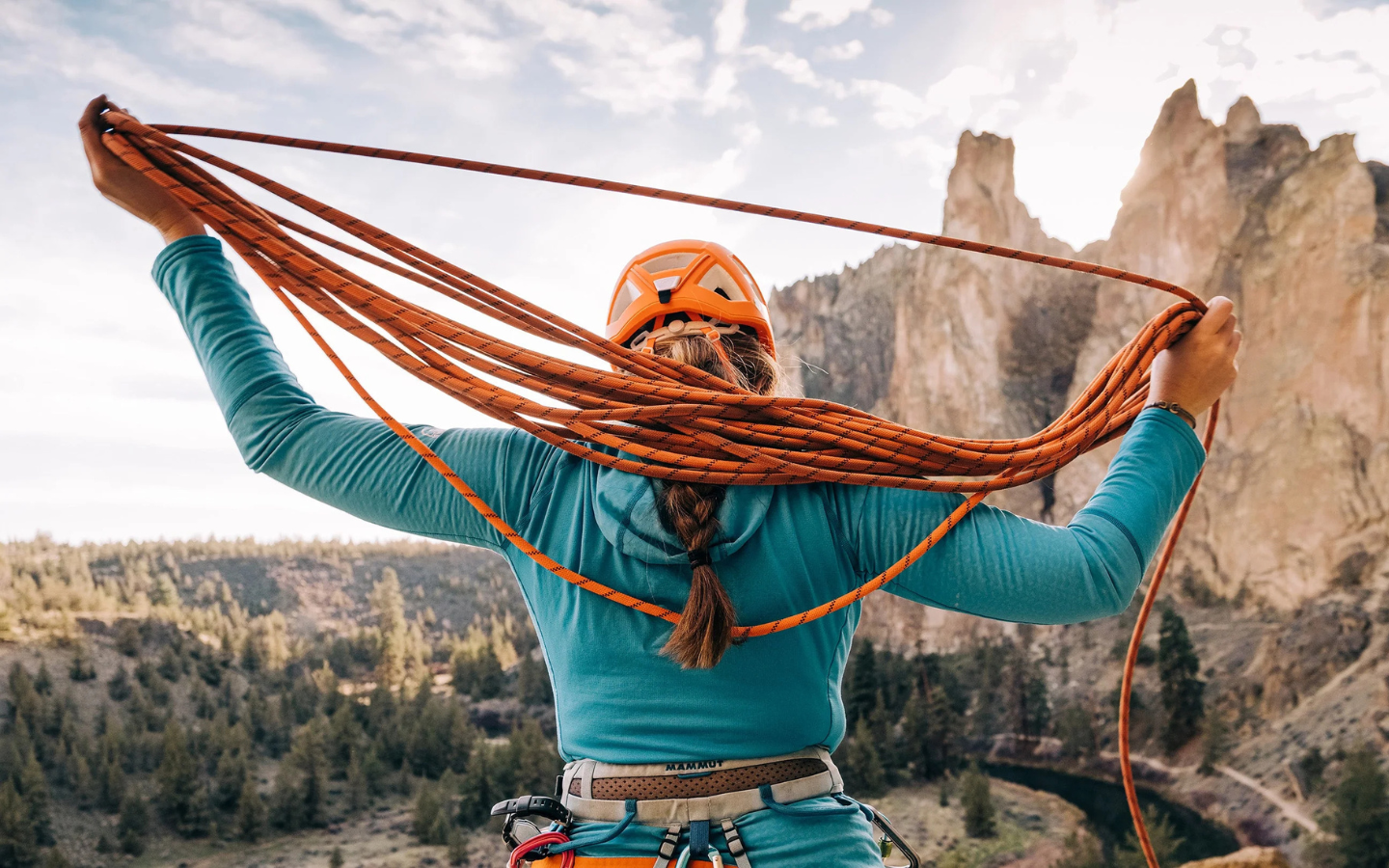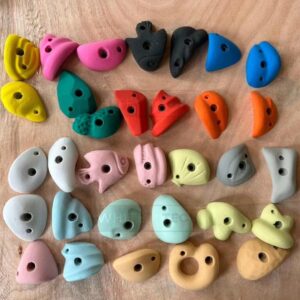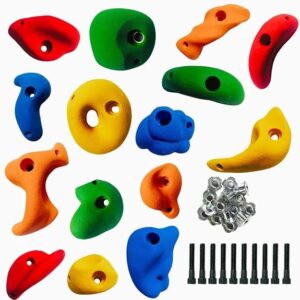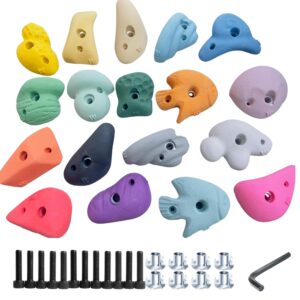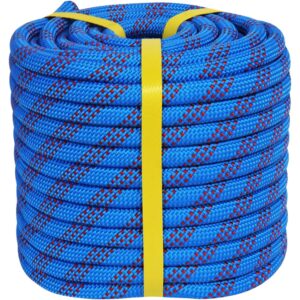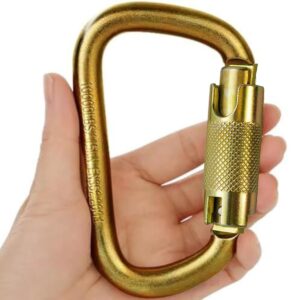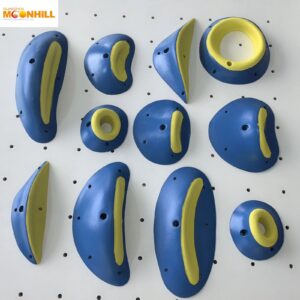🧗♀️ Climbing Ropes: The Lifeline of Every Climber
In the world of rock climbing, your rope isn’t just a tool — it’s your lifeline. Whether scaling towering cliffs, tackling indoor routes, or exploring alpine terrains, a climbing rope stands between challenge and safety. Understanding its types, construction, and care is essential for every climber, beginner or expert alike.
🪢 The Importance of a Good Climbing Rope
A climbing rope does far more than connect a climber to a belayer. It absorbs the shock of falls, provides stability on uncertain terrain, and allows controlled descents. The reliability of your rope can literally determine the outcome of a climb — making it one of the most vital pieces of gear in your kit.
A well-chosen rope not only enhances performance but also boosts confidence, allowing climbers to push limits while staying safe.
⚙️ Types of Climbing Ropes
Climbing ropes come in different varieties, each designed for a specific style and condition.
1. Dynamic Ropes
These ropes stretch under load to absorb the energy of a fall. Ideal for sport and trad climbing, they minimize the impact on both climber and anchor points.
2. Static Ropes
Made for minimal stretch, static ropes are used for rappelling, hauling, or rescue operations — not for lead climbing.
3. Single, Half, and Twin Ropes
- Single ropes are used alone and are the most common for indoor and sport climbing.
- Half ropes are used in pairs, ideal for longer routes and alpine climbs.
- Twin ropes are used together as a pair, clipped into the same protection for extra safety on ice or long routes.
🧵 Rope Construction and Features
Modern climbing ropes are made of nylon or polyester fibers, woven into two layers:
- Core (kern): The inner strength-bearing strands.
- Sheath (mantle): The outer protective layer that resists abrasion.
Key features to look for:
- 🧩 Diameter: Thinner ropes (8.5–9.5 mm) are lighter but wear faster; thicker ones (9.8–10.5 mm) offer more durability.
- 🌧️ Dry Treatment: Coating that repels water, ideal for ice or alpine climbing.
- 🔄 Middle Mark: A visible mark indicating the rope’s midpoint for rappelling or route planning.
🧼 Caring for Your Climbing Rope
Your rope’s lifespan depends on how you treat it.
- Keep it away from dirt and sharp edges.
- Store it cool, dry, and out of direct sunlight.
- Use a rope bag to protect it from abrasion.
- Inspect regularly for frayed spots or soft areas — and retire it if damaged or too old.
🧠 Final Thoughts
A climbing rope is more than gear — it’s a symbol of trust. Every knot tied and every belay given is a reminder of the connection between climber, partner, and the wall itself. Choosing the right rope and maintaining it with care ensures not just performance, but peace of mind on every ascent.

